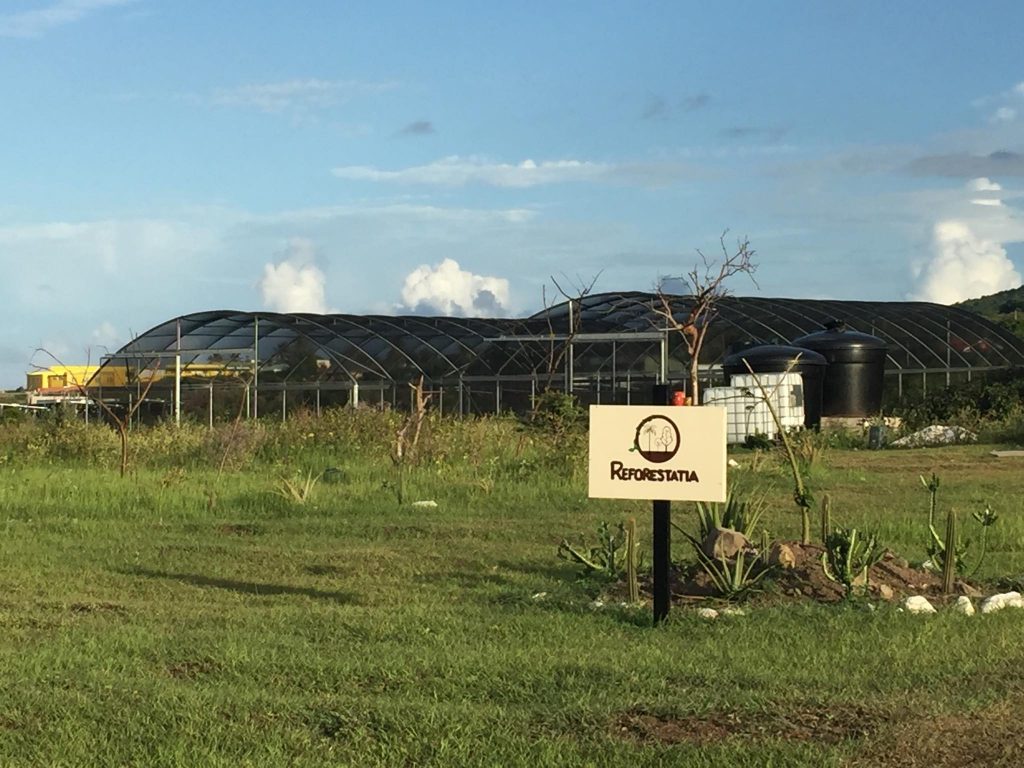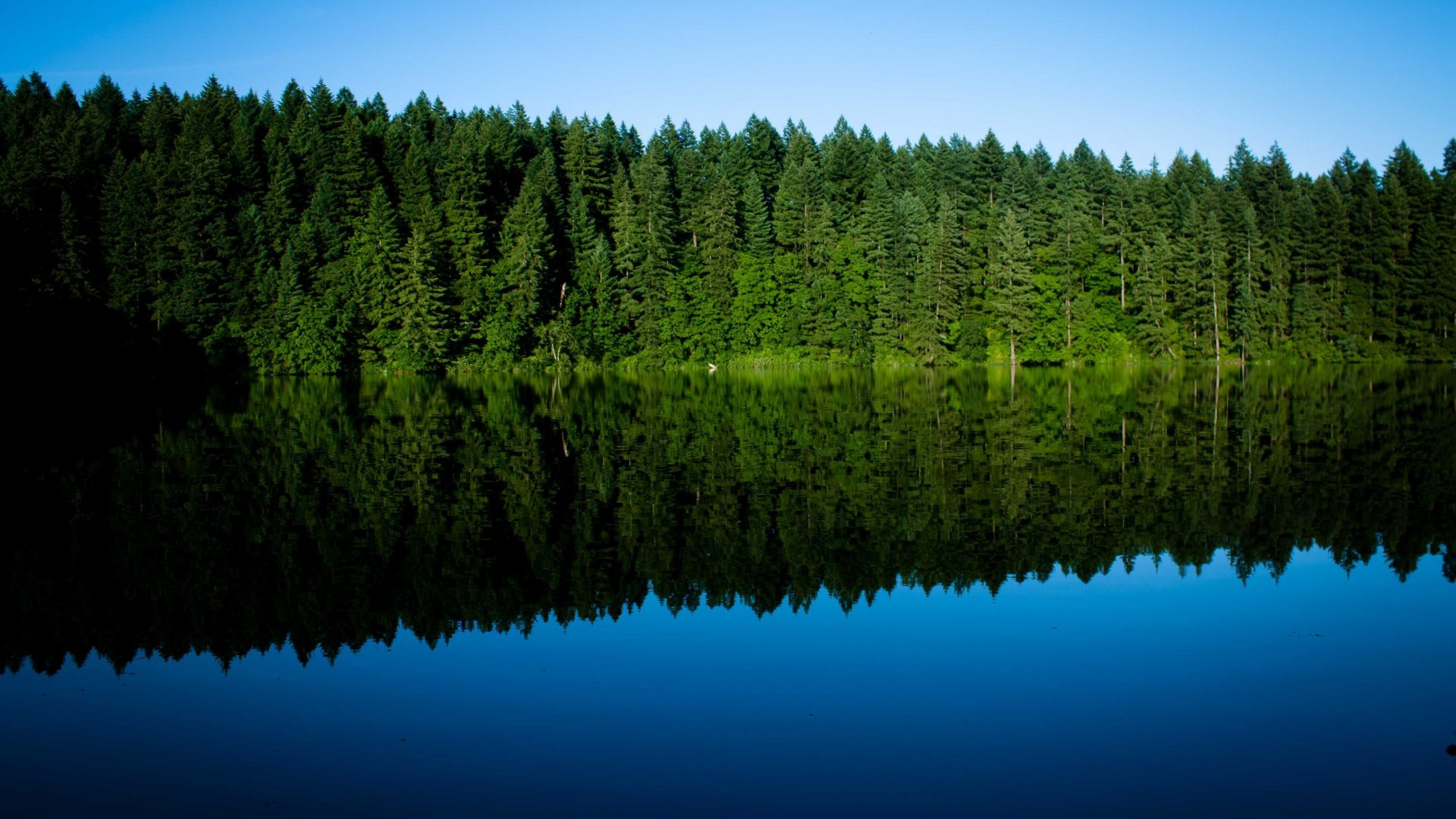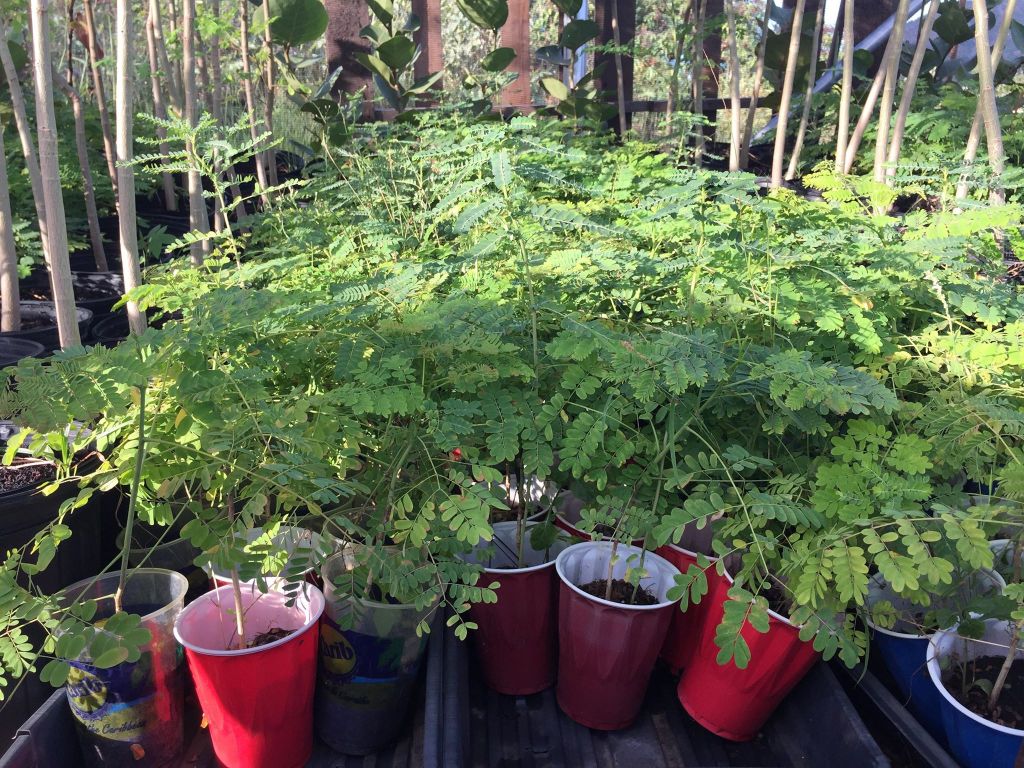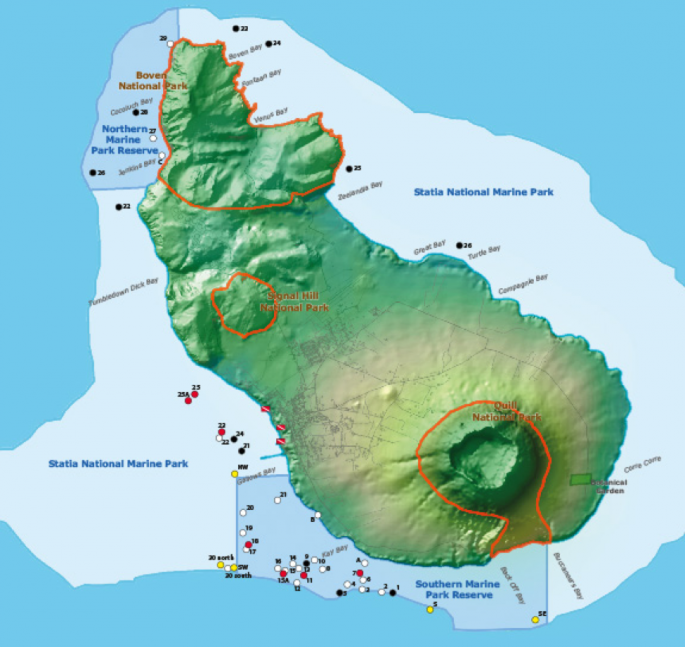The On-site Project Manager Adam has been working his ranger-rick hat off on site since March, where the first months were spent developing the infrastructure and fencing off the site area to keep out roaming animals. His efforts have been monumental and has managed to set up a fully functional reforestation project site. The new Reforestation Ranger, Pippa King arrived with perfect timing – the shade houses have been built, the fencing is (almost) complete, and many trees are already growing. All she has to do is keep the cogs turning!

Being a relatively new site, the physical infrastructure isn’t quite complete. The duo spent some time working on preparations to construct a workshop for the tools, which should help to organize and streamline the practical work efforts and keep the equipment safe and clean. The main access gate was also rewired. This is extremely important – without maintenance of strong and reliable barriers, roaming livestock would find their way into the site and graze away all of the new growth.
And this new growth is demanding! Water is one of the project biggest obstacles right now. They need to get as many trees as possible planted outside of the shade-houses and maturing as fast as we can before next hurricane season, to maximize their chances of surviving future storms. This means watering every plant, morning and night, to ensure they grow as quickly as possible. “It feels incredibly rewarding to be nurturing these trees, and they’re responding!” says Ms King. Here is the very first flowering Pride of Barbados (Caesalpinia pulcherrima), with its feather-like bipinnate leaflets and spectacular fiery blossoms.

The national flower of Barbados, its’ name comes from the latin word ‘Pulcherrima‘, meaning the most or very beautiful.
It’s a wonderful feeling to walk into the shade house in the morning to new growth, colours, and flowers. There are around 500 saplings of Pride of Barbadoes (C. pulcherrima) and Flamboyant tree (Delonix regia), which have all been transferred into larger pots. So many in fact, that we ran out of pots! Thankfully, huge stores of plastic bottles were very kindly donated from the recycling centre, from which the tops are cut off and the bases used as plant pots. The pictures below show the difference in how much more space they now have!
D. regia is fantastic for providing shade when mature, and is a beloved and culturally significant tree on the island of St Eustatius. It blooms heavily around July, giving it its local name of July tree, and to the locals its spectacular red flowers are a symbol of the abolition of slavery on July 1st 1863. The flowers were used to decorate homes in celebration, and is a representation of their freedom and jubilance. We’re really looking forward to these trees maturing and flowering.
The first trees have been planted in the ground, outside of the protection of the shade houses. These are mainly sea grape (Coccoloba uvifera) and moringa (Moringa oleifera), and Adam has been experimenting with a self wicking watering system, which gives the trees access to a continuous supply of water. The idea is that the water sits in a bottle and travels, or wicks, through a piece of fabric which has been planted with the tree, which can then drink the moisture. Results to be confirmed…
Planting out young trees means replacing the empty spaces left in the shade house, and maintaining a continuous cycle of growth! Time was spent sowing new sea grape seeds into donated plastic cups. Recycle and reuse! We also picked up some young mangrove from Zeelandia during a beach clean, which we decided to plant just to see what would happen. Two weeks later, they’re happily sprouting!
The ReforeStatia Nursery has been busy with repotting and planting. Growing things is a slow process, but rewarding and the possibility of a greener future, and a greener Statia, is incredibly exciting. Between being elbow deep in dirt or tangled in fencing wire the team also managed to acquire a whiteboard to assist with managing the tasks, removed some encroaching and competitive corallita (Antigonon leptopus), collected some cuttings from beach morning glory (Ipomoea pes-caprea) and oleander (Nerium oleander), air-layered some gum trees (Bursera simaruba), and weeded the decorative aloe beds that Tim and Stacey (Mac and Field) built. Future posts will explain the importance of corallita control, as well as the processes of collecting cuttings and air-layering trees, and the significance of the species we’re focusing on.












